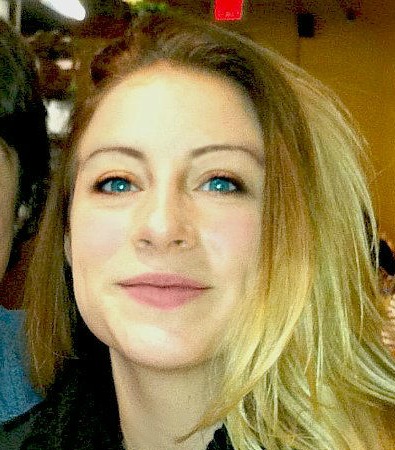Editor's NoteStephanie Stroud
As our nation stands divided, and our communities grapple with transition, it gives me great solace to think of the benefits of being outdoors, in the landscapes that we create. In a recent article entitled, Heal the Landscapes and Ourselves, author Heidi Petersen describes the healing benefits of nature, which you are probably familiar with, “a 5-minute-a-day walk in a natural environment can lead to decreased levels of depression and stress. For children with ADHD, 20-minutes in a park can result in fewer symptoms with results similar to a dose of Ritalin.” But she also mentions that in order for these landscapes to heal us, we must first heal them. As designers, we must understand how a landscape needs healing, how the land is “wounded.” Once we identify those wounds, we can begin the healing process by providing an abundance of life, drawing direction from guiding sources like the SITES initiative, and using a holistic approach to understand how each landscape functions, and what it will need to thrive. Landscape architects are trained to use intuition and data, art and technology, and these are the tools we can use as we inspect our landscapes and see what needs attention and mending. I will be thinking about this idea of mending as our country adjusts after the election, and as I prepare the garden for the winter. Our training as landscape architects provides us with skills to assess and provide nurturing care, whether it is through design, labor, planning, or otherwise. Those skills are especially valuable as we think about how to bring our communities together to find strength and common ground.
|

